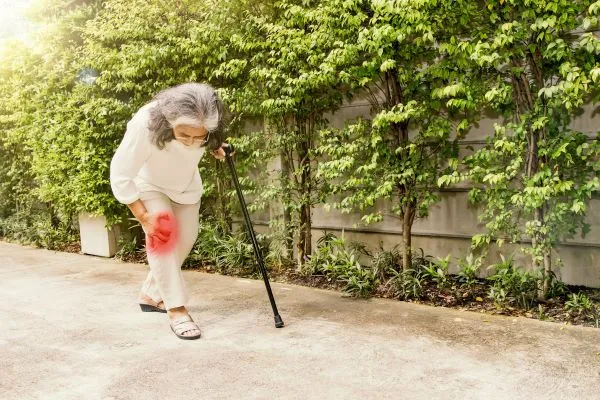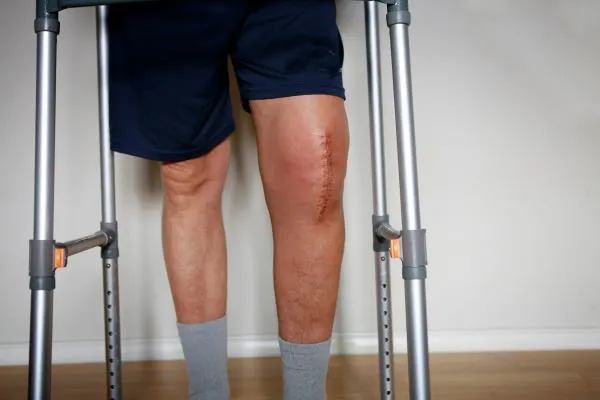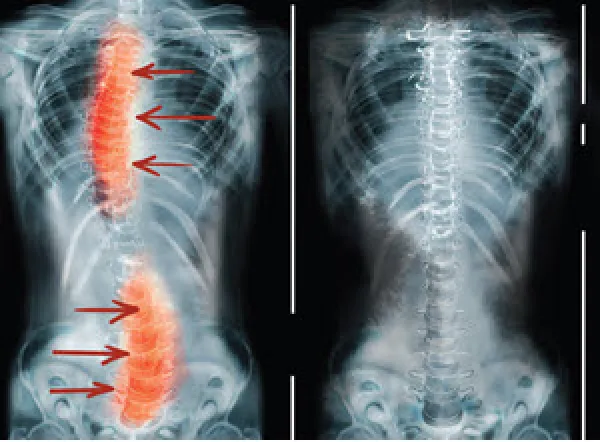Take These Tips to Tackle TKR Coding Head-On
A single surgical code doesn’t mean TKR is easy to report. When a patient requires total knee replacement (TKR), they likely will end up at an orthopedist’s office for treatment. TKRs are one of the more common orthopedic surgeries you will code. That doesn’t mean the coding will be easy, however. Reporting TKR requires knowledge of the diagnostic services your physician might provide before the surgery; you’ll also have to know how to code the surgery, and what different payer policies have to say about less invasive treatments for the patient’s knee. Read on for all you’ll need to know when coding TKRs. E/M and Imaging Often Lead to TKR The ailment that leads almost every patient to TKR is osteoarthritis (OA), explains Angela Clements, CPC, CPMA, CEMC, CGSC, COSC, CCS, AAPC Approved Instructor, physician coding auditor/educator consultant at MedKoder, LLC in Mandeville, Louisiana. The diagnosis codes you’d use for OA are in the M17.- (Osteoarthritis of knee) code set. Choose a code based on encounter specifics. “When a patient requires TKR, other factors could play a role, such as severe fractures,” according to Wayne Conway, CPC, CRC, CGSC, COSC, CRC, surgical orthopedic coder at Wake Forest University Baptist/Atrium Health. Check with your payer or provider if you have questions regarding TKR with a non-OA diagnosis. As for the diagnostic process leading up to TKR, “the physician would normally take a multipronged approached starting with history including pain and functionality,” says Chelle Johnson, CPMA, CPC, CPCO, CPPM, CEMC, AAPC Fellow, billing/credentialing/auditing/coding coordinator at County of Stanislaus Health Services Agency in Modesto, California. “X-rays and MRIs [magnetic resonance imaging] would be used to help gauge the severity. Of course, a physical examination would be included in the decision-making process.” Consider this example from Johnson: A patient with unilateral primary OA of the left knee presents with increasing pain and stiffness in their knee. No injury or escalating factors present. Pain has been constant for over one year. They note that the pain is persistent throughout the day and night. They note swelling. Patient has tried conservation/nonsurgical treatments including physical therapy, oral medication, and injections without relief. A three-view X-ray and MRI with contrast materials were obtained and showed significant bowing from arthritis. Based on previous attempted modalities without success, the provider recommends a TKR for the Lt. knee. The risks, complication, and other option available to the patient were discussed in detail. The patient noted that they understand the options, risks, and possible complication. At this time they would like to move forward with the TKR. For this patient, you would report: Use 1 Code for Most TKRs Once the patient and surgeon have decided to proceed with TKR, the code you’ll use for the surgery will almost always be 27447 (Arthroplasty, knee, condyle and plateau; medial AND lateral compartments with or without patella resurfacing (total knee arthroplasty)). The scenarios are always different, however; check out these two clinical examples of TKR. Example 1 (From Johnson) A patient with severe left knee OA reports for arthroplasty of the medial and lateral compartments. The surgeon makes incisions over the knee. The physician prepares the bone by removing damaged cartilage, bone spurs, etc., along with appropriate margins of the underlying bone. Metal devices or components that have been custom-fitted for the patient will be placed on the surface of the knee joint. The surgeon also resurfaces the patella; a smooth gliding surface is created using plastic spacers. For this encounter, you’d report 27447-LT with M17.12 appended. Example 2 (From Conway) Patient is an 84-year-old with right knee OA who presents with increased right knee pain. Patient states they have had significant pain for the last several years. Mostly the medial joint line is much worse with activity and alleviated with rest. They are planning to go out to Hawaii and want to be able to do a little bit of walking and hiking, but cannot do that now because of their knee. They have tried over-the-counter anti-inflammatory creams, activity modification, and pain management injections without significant improvement. Today they only rate their pain as 3/10 sitting down; but with activity, they have severe pain. They report a decreased quality of life due to the injury. The patient would would like to proceed with right total knee arthroplasty. The surgeon performs arthroplasty of the right knee. For this patient, you would report 27447-RT (Right side) with M17.11 (Unilateral primary osteoarthritis, right knee) appended to indicate the patient’s OA. Remember Evidence of Conservative Tx As with most major surgeries, it’s not likely that a TKR will be the first attempt to treat the patient’s knee injury. You’ll often need to include proof that nonsurgical options were explored before opting for TKR. “Depending on the carrier the medical necessity of the TKR is determined as the time of approval/pre-authorization. Most carriers will request prior medical records to determine if alternative care was unsuccessful,” confirms Johnson. This alternative care could include specialized footwear, physical therapy (PT), medication, injections, weight loss, and, in some cases, even osteotomy.





